Upcoming handheld gaming consoles to look out for in 2024
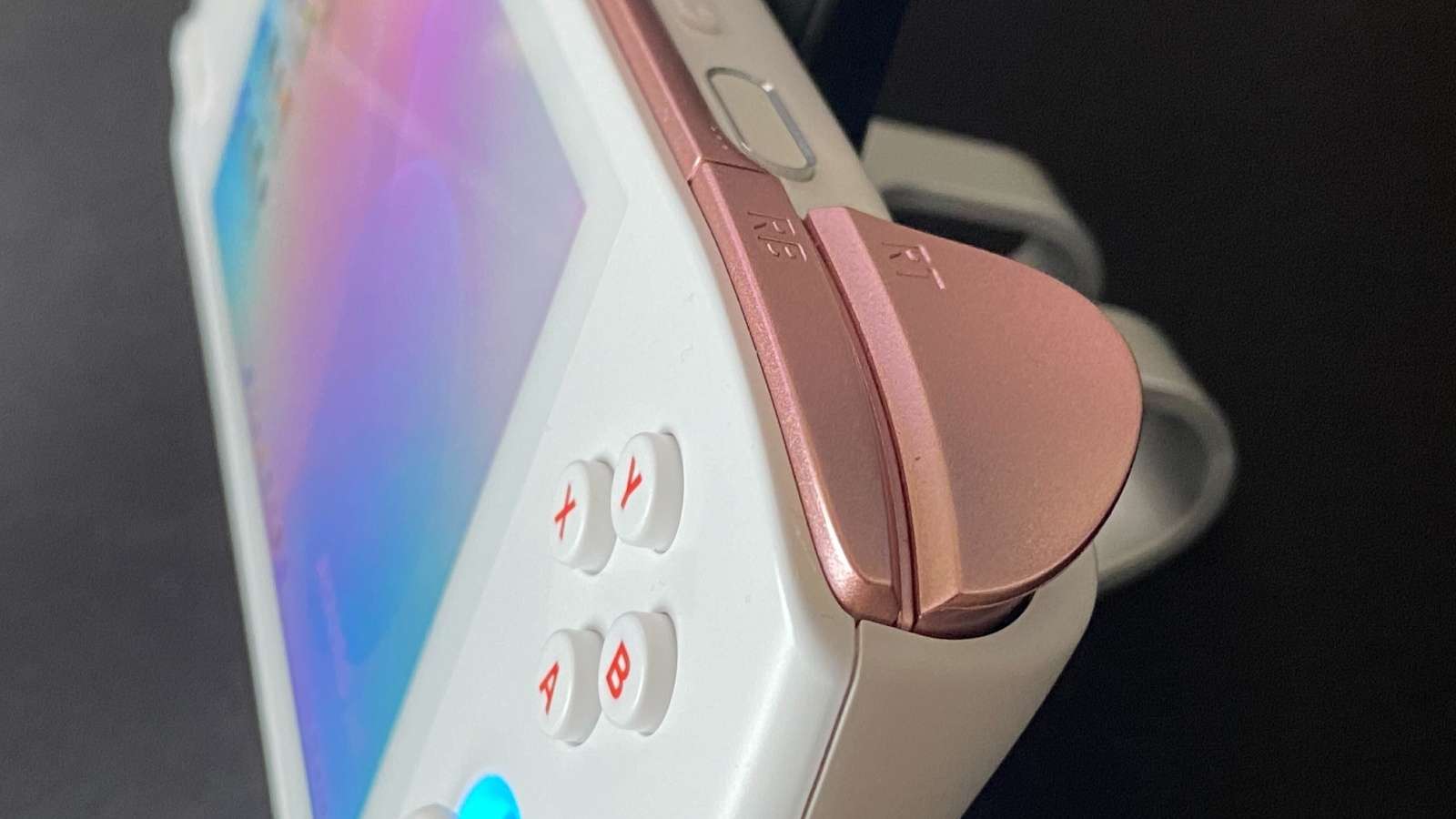 Dexerto
DexertoWith so many gaming handhelds hitting the market, we summarize all of the upcoming handhelds coming in 2024 that we think you should keep your eyes on.
The popularity of handheld gaming devices has exploded since the launch of the Nintendo Switch, with the Steam Deck only pouring fuel on the fire.
The range of devices on the market can be bewildering. Ranging from powerful portable gaming PCs to more modest emulation-focused devices. We take a look at a few of these devices that have yet to come to market and tell you what you can expect.
Upcoming Ayaneo handheld consoles
Ayaneo was quick off the mark. It was among the first few companies to bring a Windows-based portable gaming console to market following the release of the Nintendo Switch.
Since then, Ayaneo has carved out its own niche by providing high-end portable gaming devices that feature good build quality and impressive specs. They’ve also become known for launching many devices, usually offering them via IndieGoGo before making these devices available via its official store.
Ayaneo Pocket S
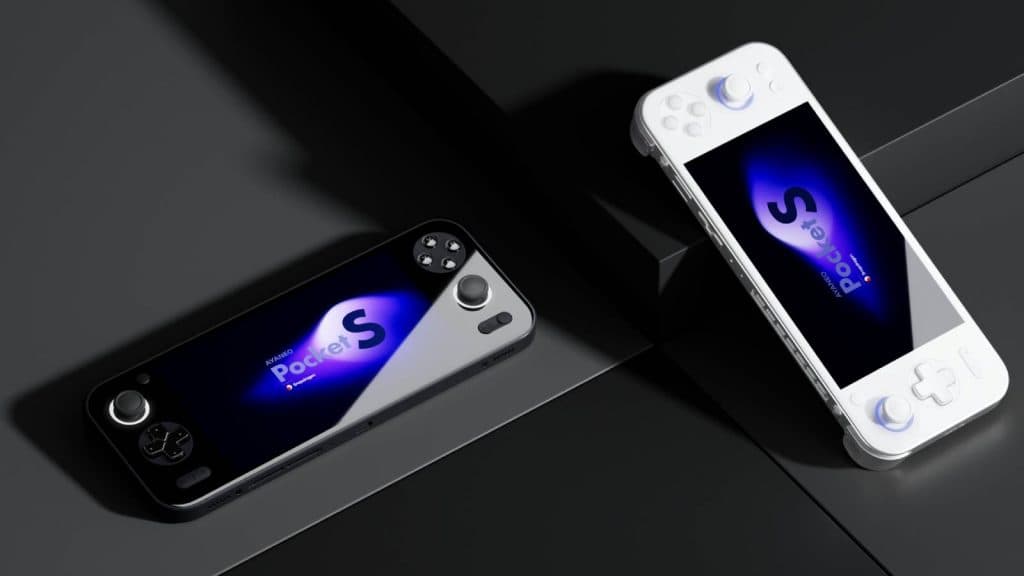 Ayaneo
AyaneoAll of the Ayaneo devices released so far have used Windows 11 as their operating system of choice. Though this does open up a lot of potential when it comes to playing games, Windows is also somewhat bloated and inefficient for use on a small handheld.
The Ayaneo Pocket S takes a different approach and is instead powered by Android. It will use the brand new Snapdragon G3X Gen 2 chipset, the first handheld to do so. Ayaneo also promises the device will contain a 6000mAh high-density battery and a 6-inch ultra-retina IPS display screen.
The IndieGoGo campaign for the Pocket S has already begun, and backers can secure a device with Early bird prices as low as $399.
Ayaneo Next II
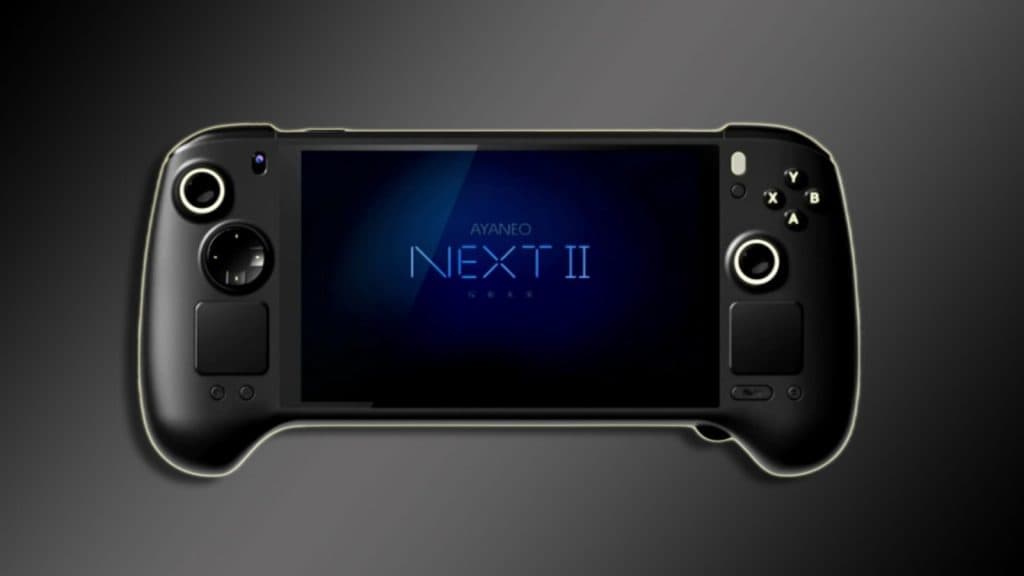 Ayaneo
AyaneoThe Ayaneo Next 2 is one of the company’s many upcoming handheld Windows gaming consoles and is one of the few to sport an 8-inch LCD display. The company shared a teaser for the Next 2 sometime back, which hinted at the presence of Steam Deck-like trackpads that make it easy for users to play games that require touch input.
This console is also confirmed to come with an AMD Ryzen 7000 series processor and will have discrete Radeon 780M graphics. While the exact details about the configurations of the Next 2 are unclear, it will offer Steam Deck users a Windows alternative.
Ayaneo Pocket DMG
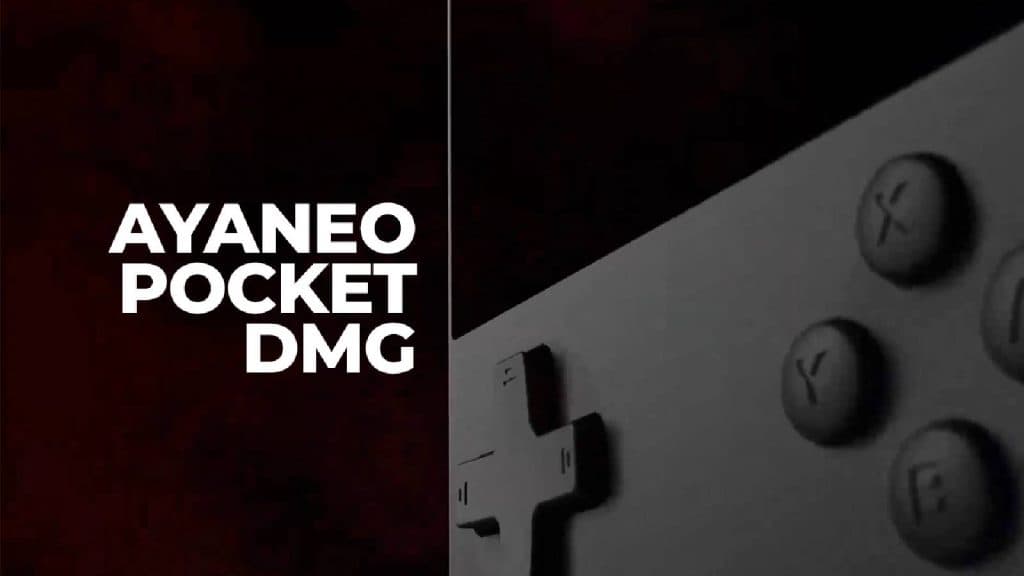 Retro Dode, Ayaneo
Retro Dode, AyaneoMany of Ayaneo’s current products pay homage to the 8-bit era of gaming, with devices such as the Ayaneo AM02 Mini PC drawing on the Nintendo NES for design inspiration. The Ayaneo Pocket DMG seems to also be following this trend, this time taking cues from the classic Game Boy.
Even compared to Ayaneo’s other high-end device, the Analogue Pocket, the Pocket DMG is set to be a premium handheld, featuring four action buttons labeled as A, B X, and Y as well as an analog stick of some kind, indicating the device will go further than just the 8-bit era.
The choice of internal hardware has not yet been revealed, so the full device specs are not yet known.
Other Windows handhelds
Devices like the Asus ROG Ally, MSI Claw, and Lenovo Legion Go were backed by some of the biggest PC companies in the world, but their popularity still fell short of the Steam Deck. All three of these devices had one main thing in common – they all used Windows 11.
Some of those companies are working on successor devices to improve the flaws that held back their handhelds, whilst still keeping the Windows OS.
Asus ROG Ally X
 Asus
AsusThe first Asus ROG Ally handheld launched in June of 2023, and is widely known as one of the earliest competitors for the Steam Deck’s dominance over the land of PC gaming handhelds. It’s certainly one of the most powerful rivals in the current market, though it isn’t perfect, with consistent MicroSD card reader issues.
The follow-up handheld, the Asus ROG Ally X, seeks to iron out any of the Ally’s current issues. Announced during a live stream held on May 9, 2024, Asus revealed the ROG Ally X will be coming sometime in 2024, bringing with it some well-warranted upgrades to the handheld’s RAM, ports, and overall design.
An exact look at the specs we can expect for the ROG Ally X hasn’t been officially announced by Asus. However, reputable tech leaker MysteryLupin revealed we could expect to see double the RAM of that of the current ROG Ally model, taking the ROG Ally X up to 24GB of memory.
The highly-regarded leaker also revealed the Asus ROG Ally X could see an upgrade in battery life, providing up to 8 hours of playtime. However, we won’t know for certain until Asus reveals more details about the upcoming handheld on June 2.
Lenovo Legion Go 2
 Dexerto
DexertoThe Lenovo Legion Go was only released six months ago, but rumors are already spreading about its possible successor.
According to attendees of the Lenovo Innovate 24 Conference, the Legion Go 2 has been confirmed. The handheld was mentioned during a casual chat at the conference between tech journalists and Lenovo Gaming Category Manager Clifford Chong.
Chong revealed that the company plans to use the experience they have gathered since the launch of the current Legion Go and plan to use it in the next generation to provide more features and improve the user experience.
At the moment there is no word of a release window, or much other concrete information on this upcoming handheld.
OneXPlayer X1 Mini

OneXPlayer isn’t new to the world of gaming handhelds, having previously released devices like the OneXPlayer Pro 2. However, the upcoming OneXPlayer X1 Mini is poised and ready to set itself apart from the company’s previous handhelds with its swappable SSD capabilities.
With the OneXPlayer X1 Mini, users will be able to swap out SSDs for different use cases, making it handy for those who use their Windows handhelds for entertainment as well as a desktop replacement.
The handheld is set to be powered by an AMD 8840U CPU and come with detachable controllers, similar to that of the Nintendo Switch and the Lenovo Legion Go. Additionally, the Windows device will feature an 8.8-inch IPS touchscreen display with a 144Hz refresh rate.
Similarly to the boutique handhelds by Ayaneo, the OneXPlayer X1 Mini will be available through the crowd-funding site, Indiegogo, at launch.
Non-Windows Handhelds
The Steam Deck has seen great success without needing to rely on Windows for compatibility. Other upcoming handhelds are also using this model, relying on Android or Linux to power the devices. Here are a few of them worth keeping an eye on.
Steam Deck 2
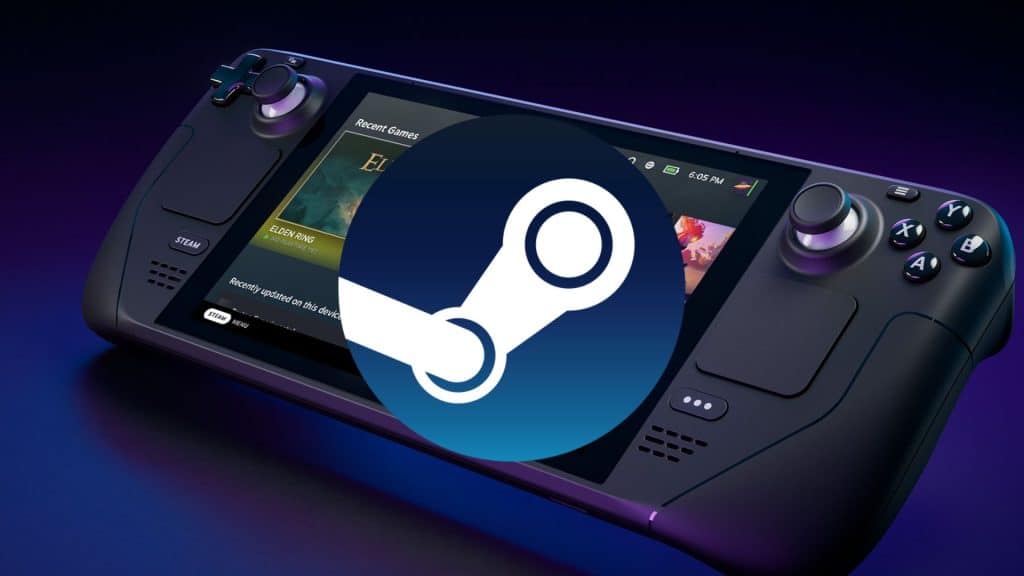 Valve
ValveWhile Valve has not openly confirmed the launch date of a Steam Deck’s successor, an interview with some folks behind the Deck mentioned that the Steam Deck 2 might not be launching anytime soon.
Valve has, however, confirmed that a “multi-generational product line” is in the works. It will be “supported well into the foreseeable future” and the company promised to “build new versions to be even more open and capable than the first version of Steam Deck has been.” This more or less confirms Steam Deck 2’s existence.
That said, this upcoming handheld gaming console could carry a different moniker, and Steam Deck Pro cannot be ruled out either.
Whatever it may be called, we hope this new console from Valve is priced aggressively, similar to the first-gen Steam Deck.
Nintendo Switch 2
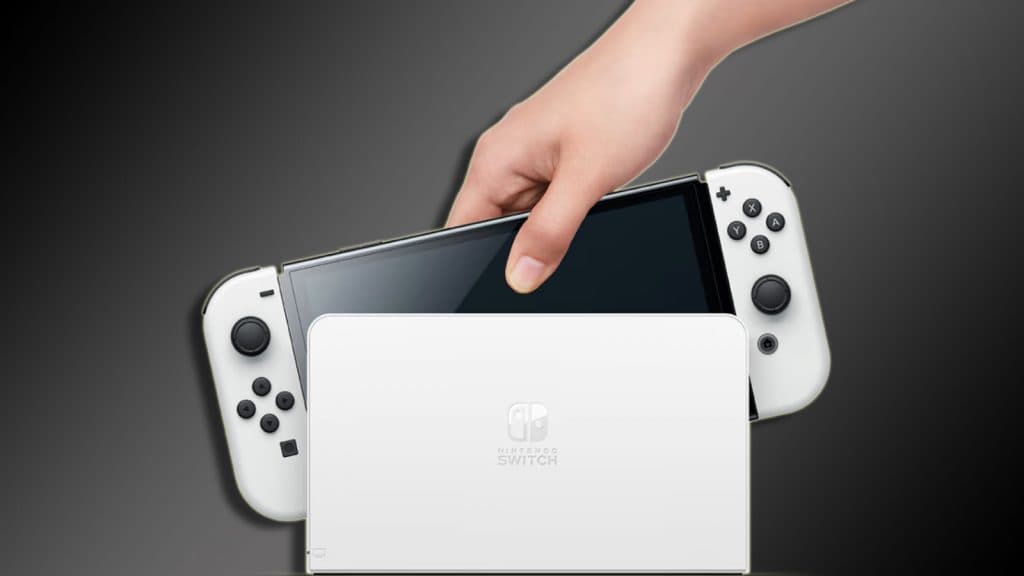 Nintendo
NintendoExcitement is slowly building in the Nintendo community as they await the official reveal of the Switch 2. Rumors about this device have been fairly consistent, claiming it will feature a custom Nvidia SoC codenamed ‘Drake’ along with an 8-inch LCD screen and an Ampere-based GPU.
These specs will allow the Switch 2 to access high-end features such as DLSS, but insiders warn that the performance improvements will be modest and that customers should expect ‘an iteration, rather than a revolution’.
Other rumors claim that the Switch 2 will feature redesigned Joy-Cons that will attach magnetically, lending credence to the idea that the Switch 2 will remain a hybrid device.
Nintendo partners have indicated that they are expecting a big announcement in early 2025, and a report has claimed that March 2025 will be the release window. As usual, until Nintendo releases official confirmation, all this needs to be taken with a grain of salt.
Miyoo Mini Flip
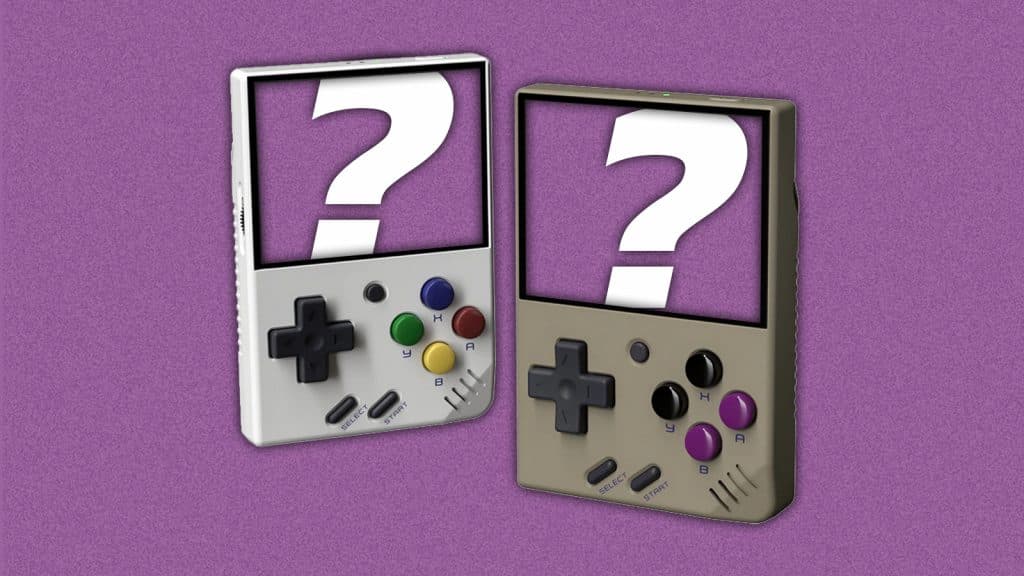
The community that loves retro gaming consoles is excited about the upcoming release of Miyoo Mini Flip. As the name suggests, the Mini Flip will ship with a flip-out clamshell design. The display on this console is expected to be a 3.5-inch LCD panel. Miyoo makes some of the most popular gaming handhelds in this segment, like the Miyoo Mini Plus.
While not much is known about the specifications or the launch date of Miyoo Mini Flip, as it is expected to run 8-bit/64-bit games, we can anticipate an affordable price tag and slightly more powerful hardware specs than its predecessors.
Orange Pi Neo
The Orange Pi Neo is a handheld created by the hobbyist electronics company Orange Pi. It has teamed with Arch Linux distribution project Manjaro to create a new gaming handheld that can match the mighty Steam Deck.
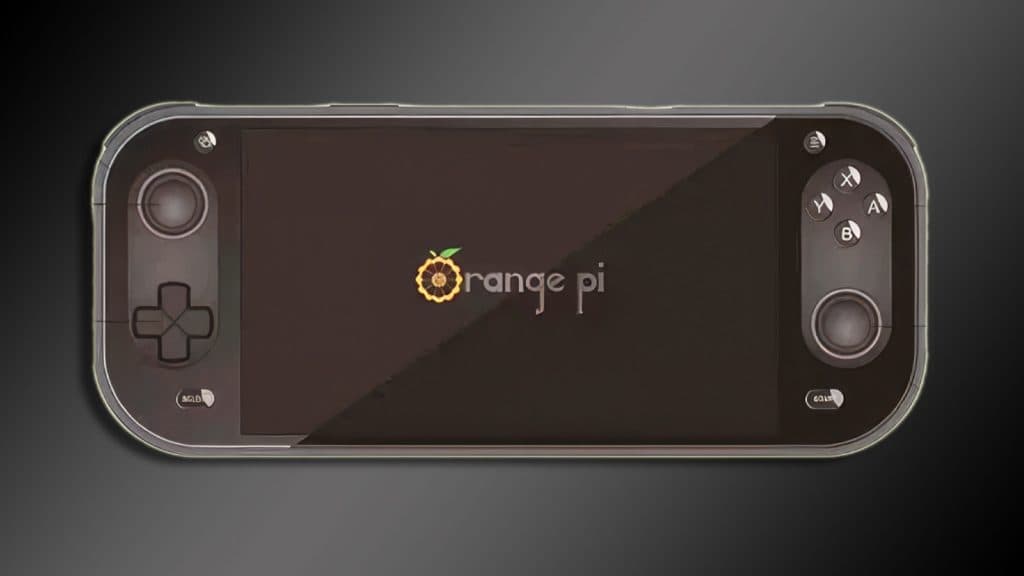 Orange Pi
Orange PiThe base model of the Orange Pi Neo is set to be powered by an AMD Ryzen 7 7840U, though there will eventually be a more expensive version with a more powerful 8840U chip. The 7840U has already seen use in several handhelds and is a very capable chip.
With Manjaro involved, you might be able to guess that the Orange Pi Neo will have a Linux-based operating system. Though the Orange Pi Neo has already seen a launch in China, a launch date for the USA and Europe has yet to be confirmed.
Z-Pocket Game A1 Unicorn
 Z-Pocket Game
Z-Pocket GameThe A1 Unicorn is just one of a new raft of emulation-focussed handhelds. This new breed of device aims to replicate the 1:1 ratio screen seen in devices such as the original Game Boy, Game Boy Color, and Neo Geo Pocket.
To provide this, the A1 Unicorn had a perfectly square 4-inch display with a resolution of 720 x 720 pixels. It is powered by a Helio G99 processor, which incorporates two ARM Cortex A76 cores running at 2,2 GHz, along with six Cortex A55 cores running at 2GHz and Mali-G57 MC2 graphics. In terms of other specs, it has 8GB of RAM and 256GB of internal storage. Poer is supplied by a 4,500 mAh battery.
One of the most intriguing aspects of the A1 Unicorn is the use of a shield-type D-pad. Though seen on many consoles, it is usually associated with the SEGA Genesis/Mega Drive and SEGA Saturn. This type of D-pad is considered particularly useful in fighting games. This feature might give this Android-powered handheld an edge against some of the competition.
Anbernic RG Cube
 Anbernic, Pexels
Anbernic, PexelsAnbernic has released some emulation-focussed handhelds which have received praise for their build quality. Anbernic is also contributing to the rising number of 1:1 ratio handhelds with the announcement of the RG Cube.
The 720 x 720 display in the RG Cube is not only square, it also acts as a touchscreen. This is a combination yet seen seen amongst other retro-focussed handhelds.
The RG Cube is set to use the same Unisoc T820 processor as some of Anberic’s high-end models. This should allow the device to play games up to the PlayStation 2 and GameCube era. It will probably also cause the price to rise, though probably not as high as the $185 for Anberic’s flagship RG556.
Ayn Odin 2 Mini
 Ayn
AynThe Ayn Odin 2 handheld knocked it out of the park when it came to emulation. While a smaller device than its predecessor, the Ayn Odin 2 Mini looks set to bring the same Android-powered performance, but in a new PS Vita-inspired form factor.
Most of the internal specs of the Ayn Odin 2 Mini remain relatively the same as the Ayn Odin 2, with both handhelds powered by the Qualcomm Snapdragon 8 Gen2 processor and Andreno 740 GPU. However, the upcoming Ayn Odin 2 Mini weighs 100g lighter, coming in at 320g. The main difference is its 5-inch MiniLED 1920 x 1080 touchscreen display, which will produce 1100 nits and 155% of sRGB. This will provide high-dynamic range capabilities.
The Ayn Odin 2 Mini released on May 21, available as a basic 8GB RAM model for $339, and a higher-end 12GB RAM version for $399. Both models of the Android handheld won’t start shipping until late June 2024.